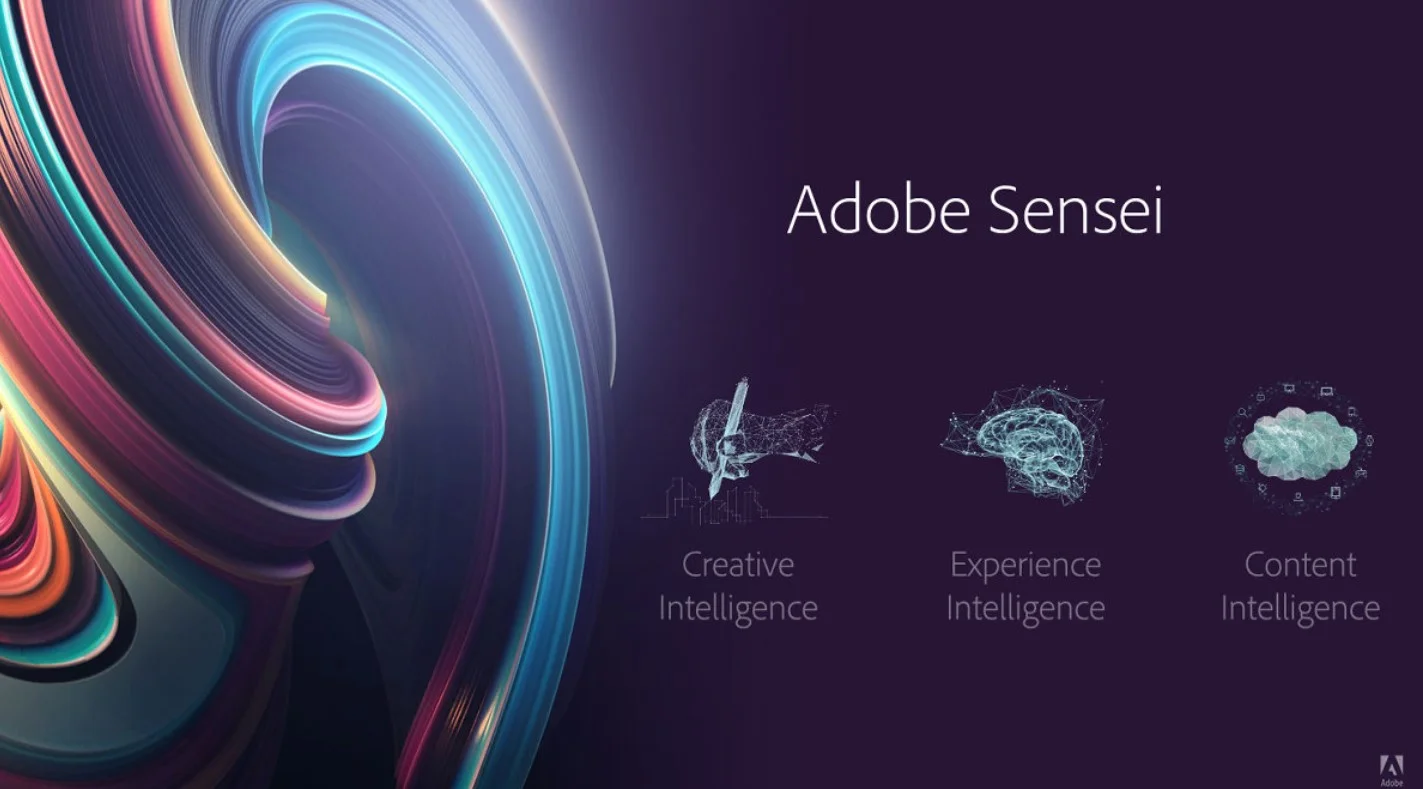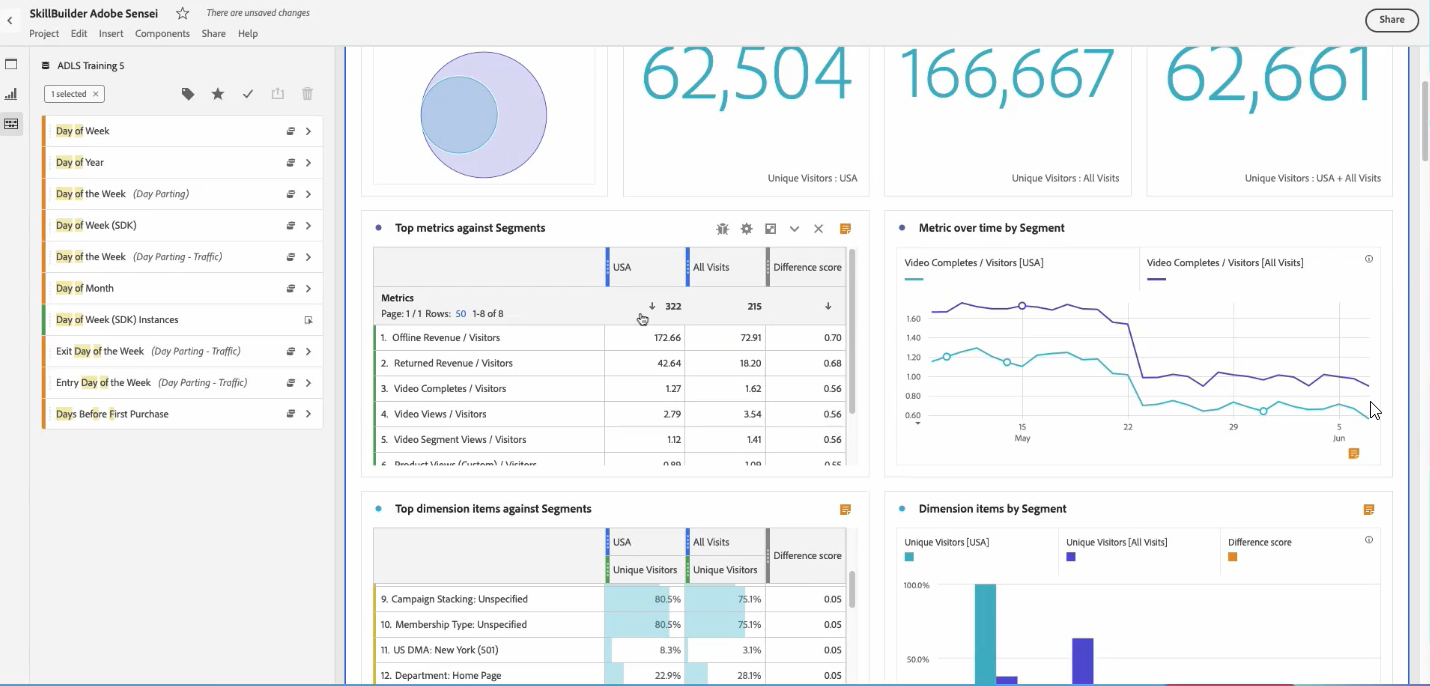
Adobe Experience Manager with Sensei AI: Complete Buyer's Guide
Enterprise-grade AI-powered digital asset management
Adobe Experience Manager (AEM) with Sensei AI positions itself as a unified AI architecture solution within the Adobe ecosystem, targeting organizations managing substantial digital asset libraries that require sophisticated metadata automation[127][128].
Market Position & Maturity
Market Standing
Adobe Experience Manager with Sensei AI holds a strong enterprise market position as part of Adobe's comprehensive digital experience platform, leveraging the company's established presence in creative and marketing technology sectors.
Company Maturity
Company maturity indicators reflect Adobe's substantial market presence and financial stability, with AEM representing a core component of Adobe's Experience Cloud portfolio.
Growth Trajectory
Growth trajectory reflects Adobe's continued investment in AI capabilities, with Sensei technology receiving regular updates and feature enhancements.
Industry Recognition
Gartner recognition as a DAM leader stems from Sensei's contextual understanding capabilities and Adobe's comprehensive ecosystem approach[137][142].
Strategic Partnerships
Strategic partnerships within Adobe's ecosystem create competitive advantages through integrated workflows with Creative Cloud, Analytics Cloud, and Commerce Cloud platforms.
Longevity Assessment
The platform benefits from Adobe's extensive R&D investments in AI and machine learning, with Sensei AI technology deployed across multiple Adobe products, demonstrating long-term strategic commitment.
Proof of Capabilities
Customer Evidence
NASA Scientific Implementation provides compelling validation of AEM's capabilities in complex, specialized environments[144][145].
Quantified Outcomes
Performance Metrics demonstrate measurable efficiency gains in documented implementations. The system can automatically generate metadata for over 200 asset attributes[128][143].
Case Study Analysis
NASA achieved faster dataset discovery via AI-generated metadata, handling extensive scientific keyword vocabularies with documented success in iterative training that reduced errors for specialized content[144][145].
Market Validation
Industry Adoption spans regulated sectors including healthcare, manufacturing, and government, where compliance requirements favor established vendors with proven security and audit capabilities[146].
Competitive Wins
Competitive Validation emerges through documented wins in enterprise scenarios where unified architecture provides advantages over point solutions[135][140].
Reference Customers
Enterprise Customer Validation shows consistent patterns of success among organizations that invest in proper implementation planning[142].
AI Technology
Adobe Experience Manager with Sensei AI employs a native AI architecture that processes assets via serverless workflows to enable real-time tagging during uploads[127][128].
Architecture
Deployment architecture offers both cloud and on-premise options, addressing regulatory compliance concerns frequently cited by enterprises[146].
Primary Competitors
Primary Competitors include both traditional DAM vendors and specialized AI metadata tools, with Cloudinary representing a key alternative[135].
Competitive Advantages
Competitive Advantages center on unified AI architecture and Creative Cloud ecosystem integration[127][128].
Market Positioning
Market Positioning reflects AEM's position as an enterprise platform rather than a point solution[137][142].
Win/Loss Scenarios
Win/Loss Scenarios favor AEM when organizations prioritize existing Adobe ecosystem integration and require sophisticated metadata automation across large asset libraries.
Key Features

Pros & Cons
Use Cases
Integrations
Featured In Articles
Comprehensive analysis of AI Image Metadata Tools for AI Design for AI Design professionals. Expert evaluation of features, pricing, and implementation.
How We Researched This Guide
About This Guide: This comprehensive analysis is based on extensive competitive intelligence and real-world implementation data from leading AI vendors. StayModern updates this guide quarterly to reflect market developments and vendor performance changes.
146+ verified sources per analysis including official documentation, customer reviews, analyst reports, and industry publications.
- • Vendor documentation & whitepapers
- • Customer testimonials & case studies
- • Third-party analyst assessments
- • Industry benchmarking reports
Standardized assessment framework across 8 key dimensions for objective comparison.
- • Technology capabilities & architecture
- • Market position & customer evidence
- • Implementation experience & support
- • Pricing value & competitive position
Research is refreshed every 90 days to capture market changes and new vendor capabilities.
- • New product releases & features
- • Market positioning changes
- • Customer feedback integration
- • Competitive landscape shifts
Every claim is source-linked with direct citations to original materials for verification.
- • Clickable citation links
- • Original source attribution
- • Date stamps for currency
- • Quality score validation
Analysis follows systematic research protocols with consistent evaluation frameworks.
- • Standardized assessment criteria
- • Multi-source verification process
- • Consistent evaluation methodology
- • Quality assurance protocols
Buyer-focused analysis with transparent methodology and factual accuracy commitment.
- • Objective comparative analysis
- • Transparent research methodology
- • Factual accuracy commitment
- • Continuous quality improvement
Quality Commitment: If you find any inaccuracies in our analysis on this page, please contact us at research@staymodern.ai. We're committed to maintaining the highest standards of research integrity and will investigate and correct any issues promptly.